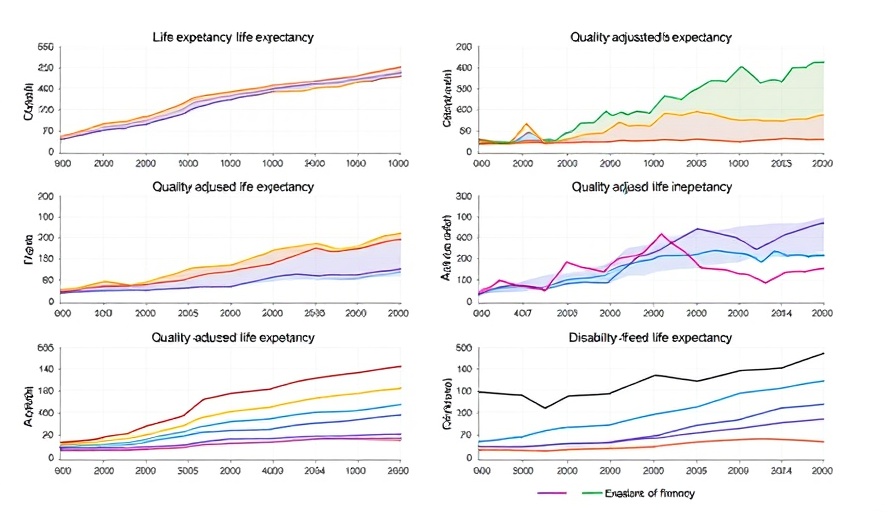
Analyzing Health Inequality: Essential Insights for Practice Leaders
As health disparities continue to be a pressing concern in the United States, recent research by Kowal et al. sheds light on measuring these inequalities effectively. Concierge medical practice owners looking to enhance their services and solidify their market position should be keenly aware of these findings, particularly as they navigate the complexities of the healthcare landscape.
Understanding the Causes of Health Inequality
The paper by Kowal and colleagues utilizes vital data sources, such as the American Community Survey, National Vital Statistics System, and CDC’s Social Vulnerability Index, to explore variances in life expectancy and related metrics. The authors employed a Bayesian approach to fill gaps from county-level mortality data, achieving a comprehensive view of health outcomes disparities across different racial and ethnic groups.
The sobering takeaways show a decline in life expectancy and quality of life across the most socially vulnerable counties compared to those better off, particularly affecting non-Hispanic American Indian or Alaska Native and AI/AN groups. For concierge practices, these insights highlight the urgency to address such disparities head-on, potentially adapting service offerings to better meet the needs of diverse communities.
Historical Context and Background: A Decade of Data Monitoring
Tracking health inequality trends in the US has been an evolving process over the past decade, with numerous studies pointing to stark differences in healthcare access and outcomes. This latest research builds on that foundation by not only identifying where these inequalities exist but measuring them precisely using sophisticated methods. Understanding the progression of data collection methods, such as Bayesian analytics, provides insight into how these disparities continue to widen over time.
Unique Benefits of Knowing This Information for Practice Owners
For concierge medical practice owners, understanding the nuances of health inequalities can significantly impact decision-making. It provides an opportunity to tailor services to bridge these disparities, potentially increasing patient satisfaction and practice reputation. By leveraging this information, owners can implement targeted interventions that align more closely with their patient demographics, ultimately fostering a more inclusive and equitable healthcare environment.
Actionable Insights and Practical Tips
To take actionable steps, practice owners can prioritize community engagement and tailored health programs that address the unique social vulnerabilities of their patient base. Additionally, utilizing data analytics to understand patient demographics better will enable practices to foresee potential health challenges and adopt proactive measures. These strategies not only cater to diverse patient needs but also enhance the overall quality of care.
The comprehensive findings from Kowal et al. are instrumental for concierge medical practices aiming to integrate equity into their growth strategies. As health outcome disparities persist, adapting to these insights can be a catalyst for meaningful change.
 Add Row
Add Row  Add
Add 






Write A Comment